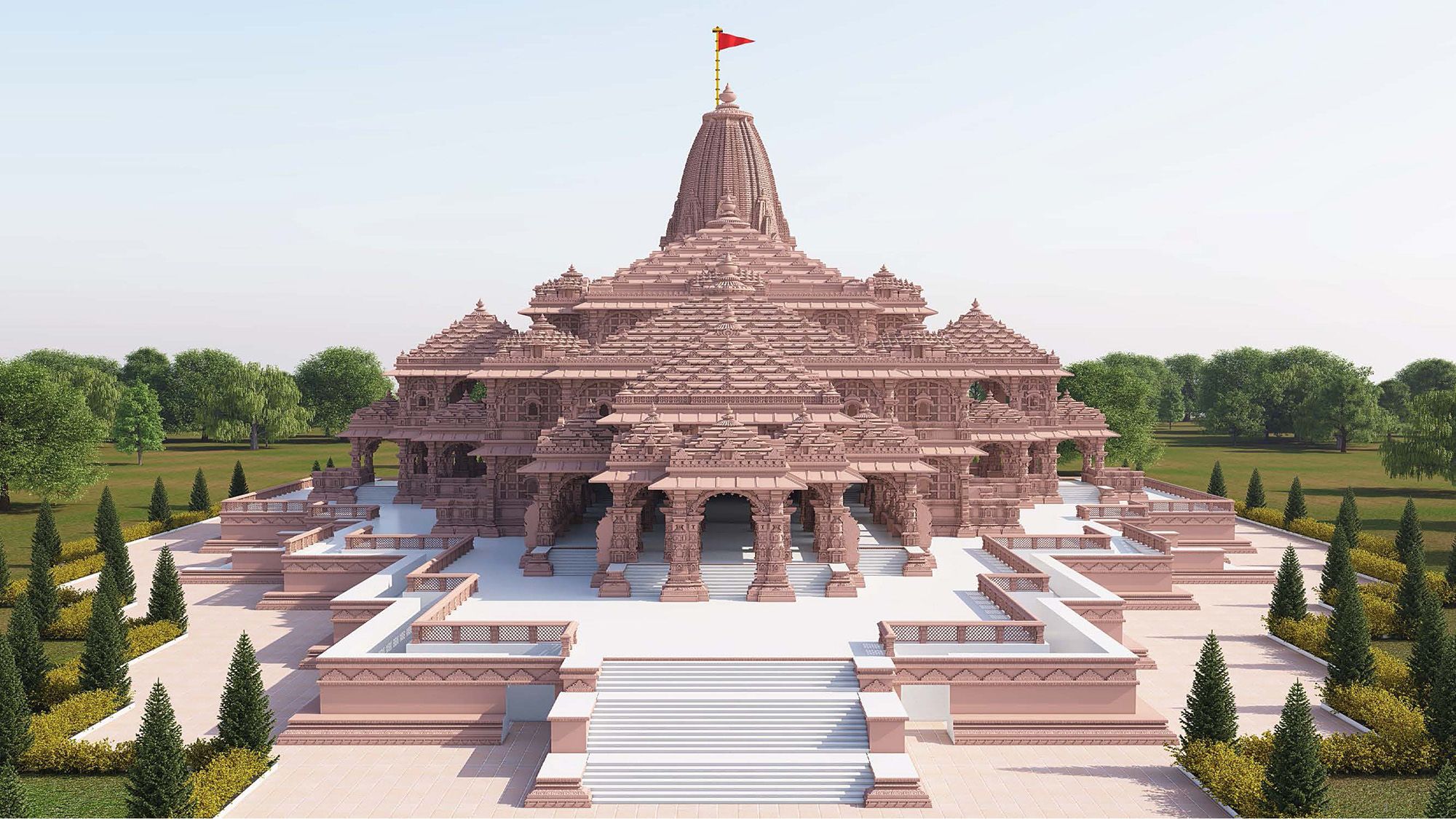In a momentous event today, Prime Minister Narendra Modi officially inaugurated the grand Ram Temple in Ayodhya, marking the culmination of a 500-year dispute that has shaped the socio-political landscape of India. The ceremony witnessed the presence of hundreds of religious figures, politicians, and Bollywood celebrities, underscoring the significance of this long-awaited occasion Ayodhya Ram Temple.
1528: Babri Masjid’s Origin
The roots of the Ram Temple movement can be traced back to 1528 when the Babri Masjid was constructed by Mir Baqi, a commander of Mughal emperor Babur. The belief that the mosque was built on the ruins of a Hindu temple set the stage for decades of debate and clashes between the Hindu and Muslim communities.
1751: A Maratha Claim
In 1751, the Marathas sought control of Ayodhya, Kashi, and Mathura, laying the groundwork for numerous contentions over the years. In 1858, Nihang Sikhs attempted to claim the Babri Masjid as Lord Ram’s birthplace, foreshadowing the struggles for control that would follow.
1858: Nihang Sikhs’ Demand
The legal dimension of the dispute emerged in 1885 when Raghubar Das, a priest of the Nirmohi Akhara, filed the first legal suit seeking permission to build a temple on the outer courtyard of the mosque. Although dismissed, this case set a legal precedent and kept the dispute alive.
1885: The First Legal Claim
The British administration erected a fence around the site in the late 19th century, demarcating separate areas for Hindu and Muslim worship. This arrangement persisted for nearly 90 years, maintaining a fragile peace between the two communities.
1949: ‘Ram Lalla’ Idols Inside Babri Masjid
The year 1949 marked a pivotal moment as ‘Ram Lalla’ idols were placed inside the Babri Masjid, intensifying religious sentiments and leading to legal battles over ownership. The subsequent decade saw a surge in legal suits, with the Nirmohi Akhara seeking rights to worship the idols and the Sunni Central Waqf Board seeking possession of the site.
1986-1989: Babri Masjid Locks Opened
In 1986, during the Rajiv Gandhi-led Congress government, the locks of the Babri Masjid were controversially opened, allowing Hindus to worship inside. This decision further fueled tensions and became a crucial moment in the Ram Janmabhoomi narrative. The Vishwa Hindu Parishad (VHP) set a deadline for the construction of the Ram Mandir in 1990, escalating demands for a temple. This period also witnessed the beginning of a Rath Yatra by BJP veteran LK Advani.
1990: Rath Yatra and Failed Demolition Attempt
1990 was marked by Advani’s Rath Yatra, which aimed to mobilize support for the temple amid rising political tensions and the implementation of the Mandal Commission’s recommendations. Despite a failed attempt to demolish the mosque, this period was a turning point in the movement.
1992: The Infamous Demolition
The infamous demolition of the Babri Masjid occurred in 1992, despite assurances to the Supreme Court that it would be protected. Hindu activists razed the mosque, triggering riots and changing the landscape of Indian politics forever. In the aftermath, communal riots erupted across India, leading to significant loss of lives and properties.
1993-1994: Post-Demolition Riots
The PV Narasimha Rao-led Central government’s acquisition of the disputed area was challenged by Dr. Ismail Faruqui, resulting in a Supreme Court ruling in 1994 that upheld the acquisition, solidifying the state’s involvement in the matter.
2002-2003: ASI’s Excavation and Allahabad High Court Hearing
The legal battle continued into the 2000s, with the Allahabad High Court beginning the title case in 2002 and the Archaeological Survey of India (ASI) conducting excavations, claiming evidence of a Hindu temple beneath the mosque.
2009-10: Liberhan Report Submission
In 2009-2010, the Liberhan Commission submitted its report, detailing the intricacies of the Babri Masjid demolition and implicating key leaders, including LK Advani and Atal Bihari Vajpayee. The Allahabad High Court’s 2010 verdict attempted to settle the dispute by dividing the land among Hindus, Muslims, and the Nirmohi Akhara. However, the decision faced appeals and further legal challenges.
2019: Supreme Court’s Historic Judgment
The historic turning point came in 2019 when the Supreme Court awarded the entire disputed land to Hindus for the construction of the Ram Temple and allocated an alternate site for the construction of a mosque.
2020: Ram Temple Foundation Stone
On August 5, 2020, Prime Minister Narendra Modi laid the foundation stone for the grand Ram Temple, marking the beginning of its construction. The formation of the Shri Ram Janmabhoomi Teerth Kshetra Trust further paved the way for the realization of the long-standing dream.
2024: PM Modi Inaugurates The Ram Temple
Today, on January 22, 2024, Prime Minister Modi led the consecration ceremony of the idol of Ram Lalla in the newly-built temple in Ayodhya, bringing a semblance of closure to a protracted legal saga. The inauguration not only signifies the completion of the temple but also marks the end of a tumultuous journey that has shaped the cultural and political landscape of India for centuries.

